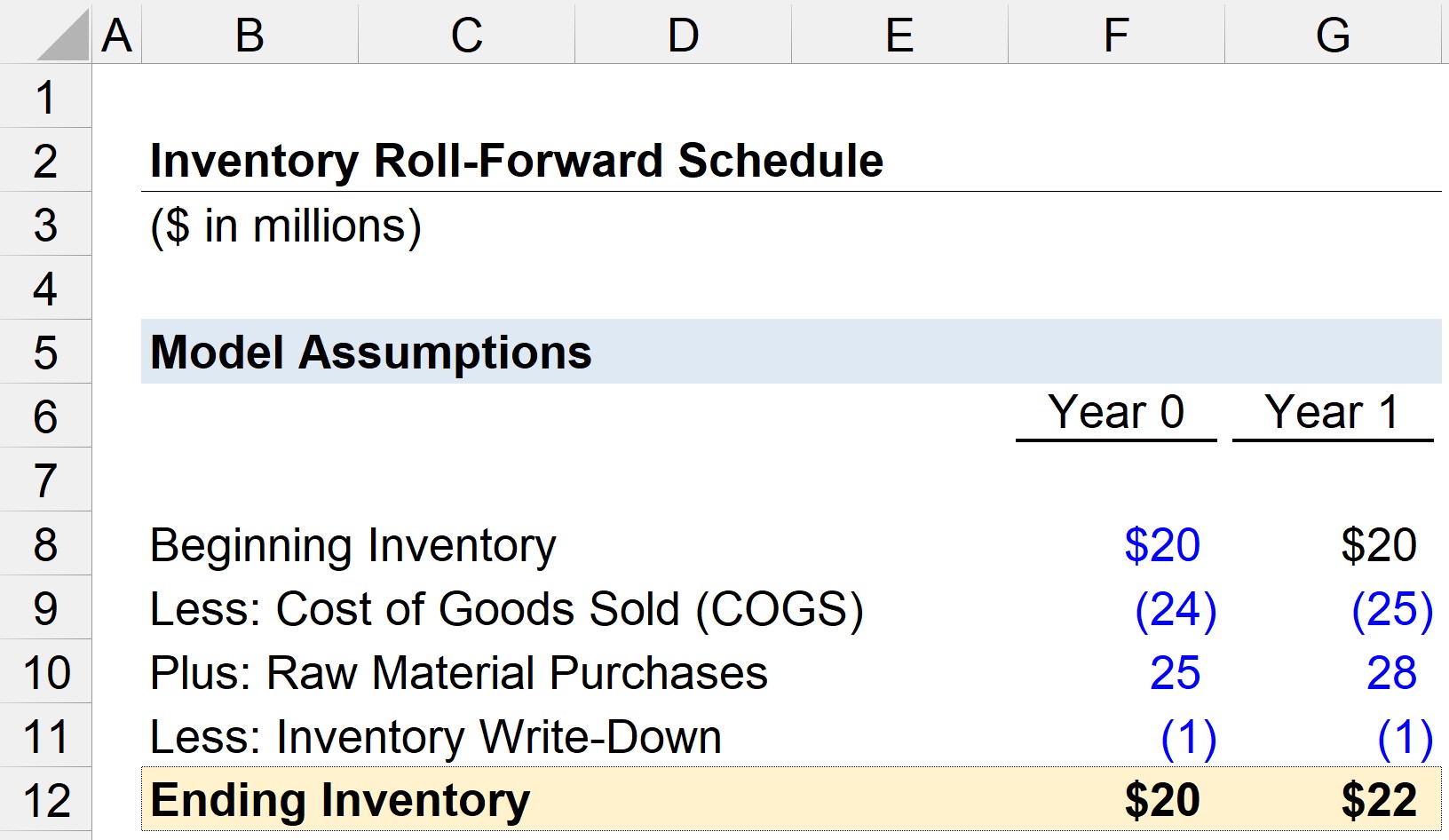

Finance
What Fraud Protection Comes With A Debit Card?
Published: February 18, 2024
Learn about the fraud protection offered with debit cards and how it can safeguard your finances. Understand the security features and benefits.
(Many of the links in this article redirect to a specific reviewed product. Your purchase of these products through affiliate links helps to generate commission for LiveWell, at no extra cost. Learn more)
Table of Contents
Introduction
Debit cards are a convenient and widely used financial tool, allowing individuals to access their funds with ease. However, the prevalence of digital transactions has also led to an increase in fraudulent activities targeting debit card users. Understanding the fraud protection measures associated with debit cards is crucial for safeguarding one's finances and personal information.
In this comprehensive guide, we will delve into the various aspects of debit card fraud protection, shedding light on how these financial tools are designed to mitigate the risks associated with unauthorized transactions and fraudulent activities.
Debit card fraud can take many forms, including unauthorized purchases, identity theft, and skimming, among others. As such, it is essential for consumers to be well-informed about the protective measures in place to mitigate these risks and to be aware of additional steps they can take to enhance the security of their debit card transactions.
By exploring the inner workings of debit card fraud protection, we aim to equip readers with the knowledge and understanding necessary to navigate the digital financial landscape with confidence and peace of mind. Whether you're a seasoned debit card user or are considering obtaining your first card, this guide will provide valuable insights into the protective measures and best practices that can help safeguard your financial assets and personal information.
How Debit Card Fraud Protection Works
Debit card fraud protection is a multi-faceted system designed to safeguard cardholders from unauthorized transactions and mitigate the financial impact of fraudulent activities. The fundamental mechanics of debit card fraud protection involve real-time monitoring, advanced encryption technology, and prompt notification systems.
When a debit card transaction occurs, whether it’s an in-store purchase, online payment, or ATM withdrawal, the cardholder’s information is instantly scrutinized by sophisticated fraud detection systems. These systems analyze various parameters, including transaction location, frequency, and amount, to identify any suspicious activity that deviates from the cardholder’s typical spending patterns. In the event of a potentially fraudulent transaction, the system can trigger an immediate alert or temporarily suspend the card to prevent further unauthorized use.
Furthermore, debit card transactions are fortified by robust encryption protocols, which encode sensitive information such as card numbers and personal identification details. This encryption serves as a formidable barrier against data breaches and unauthorized access, ensuring that cardholder data remains secure during electronic transmissions and storage.
Another pivotal aspect of debit card fraud protection is the rapid notification system employed by financial institutions. In the event of a suspected fraudulent transaction, cardholders are promptly notified via text, email, or phone call, enabling them to verify the legitimacy of the transaction and take appropriate action to prevent further unauthorized activity. This proactive approach empowers cardholders to swiftly address potential fraud, thereby minimizing the financial repercussions and mitigating the inconvenience associated with unauthorized transactions.
Overall, the intricate framework of debit card fraud protection relies on a synergy of real-time monitoring, robust encryption, and proactive notification systems to fortify the security of cardholder transactions. By leveraging these sophisticated mechanisms, financial institutions strive to create a secure and reliable environment for debit card users, fostering trust and confidence in the digital financial landscape.
Types of Fraud Protection Offered by Debit Cards
Debit cards are equipped with an array of robust fraud protection features designed to mitigate the risks associated with unauthorized transactions and safeguard cardholders’ financial assets. These protective measures encompass a diverse range of capabilities, each tailored to fortify the security of debit card transactions and shield users from potential fraudulent activities.
Zero Liability Protection: Many debit card issuers offer zero liability protection, ensuring that cardholders are not held responsible for unauthorized transactions. In the event of fraudulent activity, the cardholder is typically reimbursed for the unauthorized charges, provided that the incident is reported within a specified timeframe.
Real-time Transaction Monitoring: Debit card transactions are subject to real-time monitoring, wherein advanced fraud detection systems analyze transaction patterns and characteristics to identify potentially fraudulent activities. Any deviation from the cardholder’s typical spending behavior can trigger immediate alerts or temporary suspension of the card to prevent further unauthorized use.
EMV Chip Technology: Debit cards often feature EMV (Europay, Mastercard, and Visa) chip technology, which provides enhanced security by generating unique transaction codes for each purchase. This dynamic authentication method significantly reduces the risk of counterfeit card fraud, offering heightened protection against unauthorized transactions.
Two-factor Authentication: Many debit card transactions, especially those conducted online, require two-factor authentication for added security. This entails the use of a secondary verification method, such as a one-time password sent to the cardholder’s mobile device, to validate the transaction and mitigate the risk of unauthorized access.
Fraud Alerts and Notification Systems: Debit card issuers employ proactive fraud alerts and notification systems to promptly inform cardholders of suspected fraudulent transactions. These alerts are delivered via text, email, or phone call, enabling cardholders to verify the legitimacy of transactions and take immediate action to address potential fraud.
By integrating these multifaceted fraud protection features, debit cards offer a robust defense against unauthorized transactions and fraudulent activities, empowering cardholders to conduct secure and confident financial transactions in the digital realm.
Additional Security Measures for Debit Cards
In addition to the core fraud protection features, debit cards are fortified by supplementary security measures aimed at enhancing the overall safety and integrity of cardholder transactions. These auxiliary safeguards further bolster the resilience of debit card usage, providing an additional layer of defense against potential fraud and unauthorized access.
Card Activation and Personal Identification Number (PIN): Upon receiving a new debit card, cardholders are typically required to activate the card and set a personal identification number (PIN). This initial activation process serves as a fundamental security measure, ensuring that the card is linked to the rightful owner and establishing a unique PIN for transaction authorization.
Card Verification Value (CVV): Debit cards feature a three or four-digit Card Verification Value (CVV) located on the back of the card. This security code is required for online and over-the-phone transactions, serving as an additional authentication element to verify the cardholder’s possession of the physical card.
Transaction Limits and Controls: Many financial institutions offer the flexibility to set transaction limits and controls for debit card usage. Cardholders can define spending limits, restrict transaction types or geographic usage, and implement other customized controls to align with their individual preferences and risk tolerance, thereby exerting greater control over their card’s security parameters.
Mobile Wallet Integration: Debit cards can be integrated with mobile wallet applications, such as Apple Pay or Google Pay, which utilize tokenization technology to generate unique transaction codes for each payment. By leveraging mobile wallets, cardholders can conduct secure, contactless transactions while minimizing the exposure of sensitive card details during in-store and online purchases.
Biometric Authentication: Some debit cards and associated mobile banking apps incorporate biometric authentication features, such as fingerprint or facial recognition, to validate the cardholder’s identity for transaction authorization. This advanced security measure adds an extra layer of protection by leveraging unique biological markers for user authentication.
By embracing these supplementary security measures, debit cards fortify their resilience against potential threats and unauthorized access, empowering cardholders to engage in secure and confident financial transactions while mitigating the risks associated with fraudulent activities.
Tips for Protecting Your Debit Card from Fraud
While debit cards are equipped with robust fraud protection features, proactive measures taken by cardholders can significantly enhance the security of their card and mitigate the risk of unauthorized transactions. By adopting prudent practices and exercising vigilance, individuals can fortify the integrity of their debit card usage, safeguarding their financial assets and personal information from potential fraudulent activities.
- Regularly Monitor Account Activity: Stay vigilant by frequently reviewing your account statements and transaction history. Promptly report any unauthorized or suspicious transactions to your financial institution.
- Secure Personal Information: Safeguard your card details, PIN, and online banking credentials. Refrain from sharing sensitive information or storing it in easily accessible locations.
- Utilize Secure ATMs and Terminals: When using ATMs or making in-store transactions, be mindful of the terminal’s physical condition and look out for any unusual attachments or card skimming devices.
- Enable Transaction Alerts: Take advantage of transaction alert services offered by your financial institution. These alerts can notify you of any card activity, enabling you to promptly identify and address potential fraud.
- Update Contact Information: Ensure that your contact details, such as phone number and email address, are up to date with your bank. This facilitates swift communication in the event of suspected fraudulent activity.
- Exercise Caution with Online Transactions: Only conduct transactions on secure and reputable websites. Look for HTTPS in the URL and familiarize yourself with the merchant’s reputation before making online purchases.
- Report Lost or Stolen Cards Immediately: If your debit card is lost or stolen, report it to your bank without delay to prevent unauthorized usage and initiate the card replacement process.
- Implement Strong Online Banking Security: Utilize multi-factor authentication, strong passwords, and biometric features if available to secure your online banking access and transactions.
- Regularly Update Card Information: Keep your contact and personal details updated with your bank to ensure seamless communication and to receive important notifications regarding your account and card activity.
- Educate Yourself About Common Scams: Stay informed about prevalent fraud schemes, such as phishing attempts and social engineering tactics, to recognize and avoid potential threats.
By conscientiously adhering to these proactive measures and best practices, debit card users can bolster the security of their card transactions and cultivate a heightened awareness of potential fraud risks, thereby fostering a secure financial environment for their digital transactions.
Conclusion
Debit cards serve as indispensable financial tools, offering unparalleled convenience and accessibility for everyday transactions. However, the prevalence of digital financial activities has underscored the importance of robust fraud protection measures to safeguard cardholders from unauthorized transactions and fraudulent activities.
Through the intricate interplay of real-time monitoring, advanced encryption, and proactive notification systems, debit card fraud protection operates as a formidable defense against potential threats, fortifying the security of cardholder transactions in the digital realm.
Moreover, the diverse array of fraud protection features, including zero liability protection, EMV chip technology, and transaction alerts, underscores the commitment of financial institutions to prioritize the security and well-being of debit card users, instilling confidence and peace of mind in their financial interactions.
By embracing supplementary security measures and adopting proactive practices, individuals can further fortify the resilience of their debit cards, cultivating a heightened awareness of potential fraud risks and empowering themselves to engage in secure and confident financial transactions.
As the digital financial landscape continues to evolve, the fusion of innovative security technologies and consumer education will play a pivotal role in shaping a secure and trustworthy environment for debit card usage, ensuring that individuals can leverage the convenience of these financial tools without compromising on security.
Ultimately, by staying informed, exercising vigilance, and leveraging the protective measures offered by financial institutions, debit card users can navigate the digital financial landscape with confidence, knowing that their financial assets and personal information are safeguarded by robust fraud protection mechanisms.














